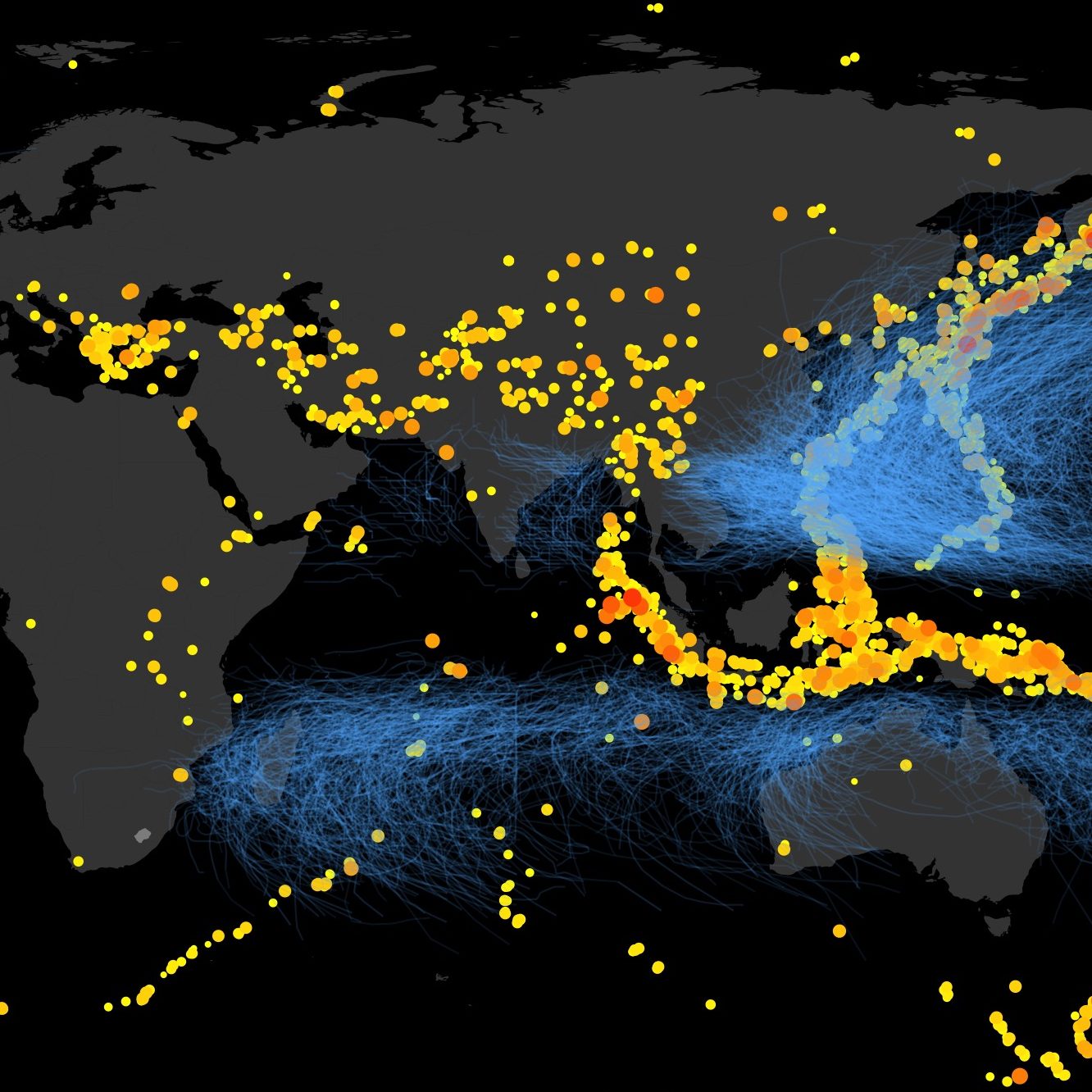Thesis: Modeling the Future Disaster Risk of Cities to Envision Paths towards their Future Resilience
Key to making informed policy decisions to promote resilient and sustainable future cities is the ability to predict their risk as it relates to dynamic changes in our urban environments, reflecting increases in population, specific urban growth patterns and evolving vulnerability. Yet current seismic risk assessment practice characterizes the components of risk (hazard, exposure and vulnerability) in a static state.
In this thesis, a framework for modeling urban risk is described, accounting for the spatial and temporal variations in exposure and vulnerability in order to develop trajectories of future risk. The framework makes use of an integrated cellular automata and time-inhomogeneous Markov chain simulation to model urban expansion (new buildings) as well as urban densification (through incremental building expansion). Novel methods for modeling the fragility of buildings will also be presented. The framework is then applied on a case study of Cap-Haitien in Haiti. Based on sparse baseline data, the results show a significant growth in urban seismic risk over time, which increases much faster still than population. The results underline the importance of time-dependent risk models that can forecast future risk, so that proactive policy can be implemented to ensure a more resilient urban future.
